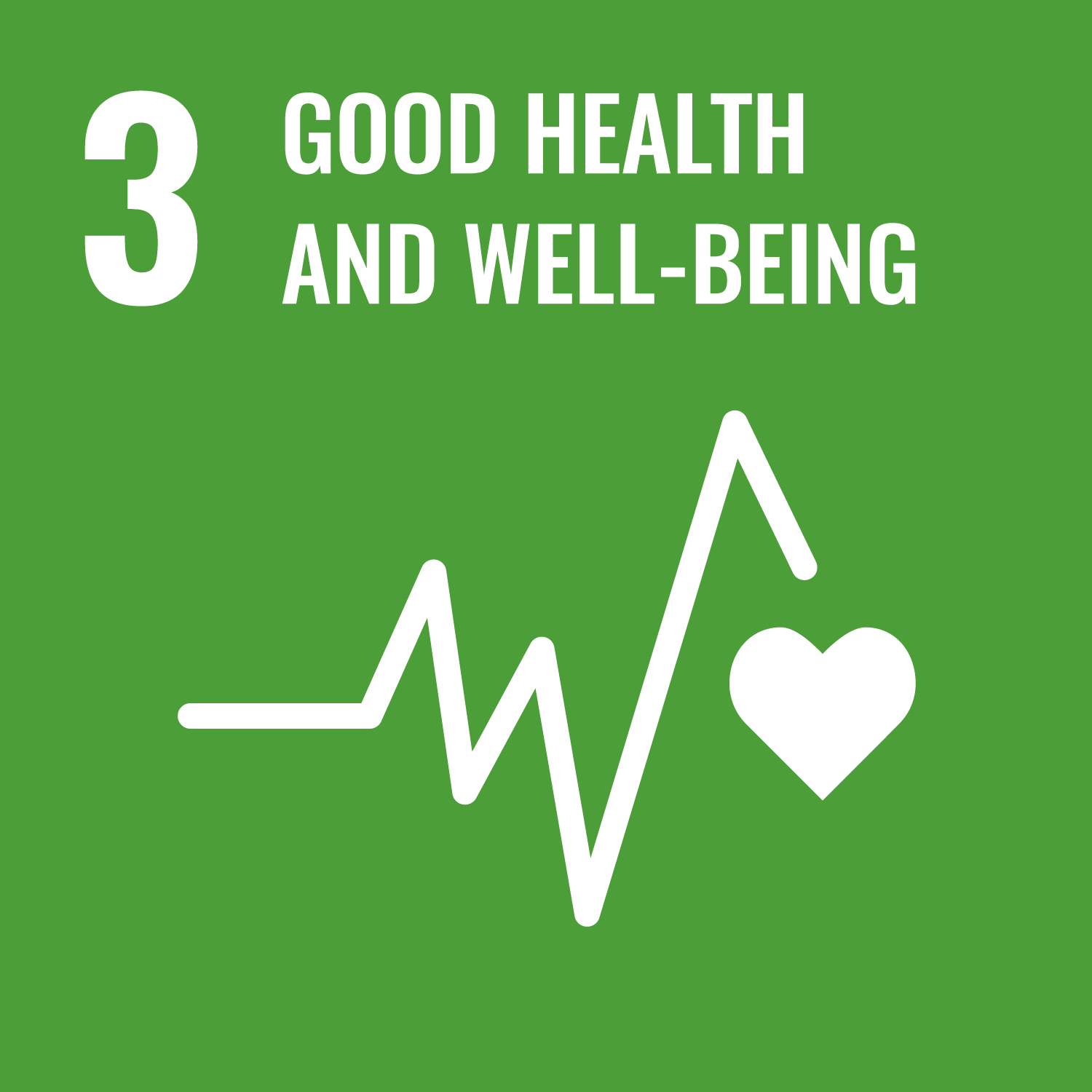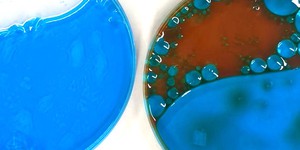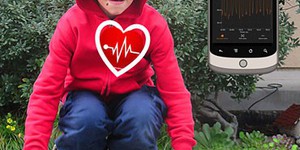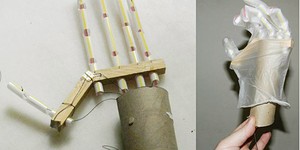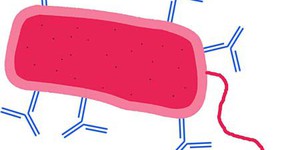Good Health and Well-Being, Fifth Grade Science Projects (59 results)
The United Nations Sustainable Development Goals (UNSDGs) are a blueprint to achieve a better and more sustainable future for all.
These projects explore topics key to Good Health and Well-Being: Ensure healthy lives and promote well-being for all at all ages.
These projects explore topics key to Good Health and Well-Being: Ensure healthy lives and promote well-being for all at all ages.
Science Buddies' fifth grade science projects are the perfect way for fifth grade students to have fun exploring science, technology, engineering, and math (STEM). Our fifth grade projects are written and tested by scientists and are specifically created for use by students in the fifth grade. Students can choose to follow the science experiment as written or put their own spin on the project.
For a personalized list of science projects, fifth graders can use the Science Buddies Topic Selection Wizard. The wizard asks students to respond to a series of simple statements and then uses their answers to recommend age-appropriate projects that fit their interests.
Let us help you find a science project that fits your interests, with our Topic Selection Wizard.|
Select a resource
Coding Projects
Sort by
|
Sometimes science can be really messy or use pretty disgusting ingredients. That is what it takes to understand how the world works, even if the experiment isn't pretty. Do you like chemical reactions that stink and ooze foamy bubbles? Do you think it sounds fun to make a super gross liver smoothie? Then this is the experiment for you!
Read more
What should you NOT forget when going outside on a sunny day? To put sunscreen on! Sunscreen is important because it protects your skin from sunburn. But there are so many sunscreens to choose from: different methods of application (sprays and lotions), different Sun Protection Factors (SPFs), and different ingredients. Which one is best? In this science project, you will test the effectiveness of different sunscreens and find out how water-soluble they are.
Read more
New
Have you ever walked next to your favorite ocean, lake, or creek and seen plastic waste everywhere? Have you ever thought about how much plastic breaks down into microplastics and pollutes waterways? Scientists are coming up with new ways to remove these microplastics from our waterways, and now you can test them out for yourself at home.
Read more
Do you know why enzymes are oftentimes called the workhorses of biochemistry? It's because they can speed up a wide variety of chemical reactions, and chemists and biologists use enzymes to do all kinds of jobs. In this project, pectinase, an enzyme frequently used in the food industry, will be used to extract juice from apples.
Read more
Some characteristics, like the shape of your hairline or whether your earlobes are attached or detached, are inherited from your parents. In this science project you will see how writing these characteristics onto a family tree can help you determine how they are inherited
Read more
Your heart starts beating before you are born and keeps right on going through your whole life. Over an average lifetime, the human heart beats more than 2.5 billion times. Keeping your heart healthy means eating right, not smoking, and getting regular exercise. Which of your favorite physical activities give your heart the best workout and help keep it fit? In this science project, you will use a smartphone equipped with a sensor app to visualize your heart rate and find out which…
Read more
New
Are you ever annoyed by a poor Wi-Fi signal? What about when you try to send a text message, and it just won't go through because of poor cell service? Have you ever wondered what factors affect the strength of your signal and the speed of the connection? If so, this project is for you!
Read more
Germs are everywhere! We try and clean our home with disinfectants, but do we really get rid of all the germs? Find out with this "hands-on" experiment.
Read more
Did you know that our brains are split into two parts, right inside our head? One half is the left brain and the other half is the right brain. Some people use one half of the brain more than the other half when they are doing certain activities, like talking or reading. The half that is used is sometimes tied to which hand they prefer to use. If someone likes to use their right hand when doing an activity, like drawing or throwing a ball, do they also prefer to use their right ear, eye, or…
Read more
One of America's favorite snacks is potato chips. Although potato chips are very tasty, some varieties are not very healthy for you. A typical 1-ounce (oz.) serving of a well-known national potato chip brand contains 150 calories, 90 of which are from fat. How greasy are your favorite potato chips? Try this science fair project, and you'll get a visual understanding about how much oil a potato chip can hold.
Read more
The human body is an impressive piece of machinery, and your hands are no exception. With some training, they can perform delicate and complex tasks like manipulating pens and tools to create art. At the same time, hands have the strength and durability to hold a person's own body weight up on steep rocks. Unfortunately, there is a rapidly growing demand for hand replacements. But fortunately, scientists have studied human anatomy and biology and created human-like hands used as artificial…
Read more
Being sick is no fun, especially when your friends are doing exciting activities that you have to miss out on. Thankfully, common illnesses usually last for just a few days, and then you start to feel better. Why is this? It is thanks to the immune system, which is a group of special organs and cells in your body that constantly work to keep you healthy. In this science project, you will make a simple model to investigate how the immune system defends the human body from common illnesses, and…
Read more
|

